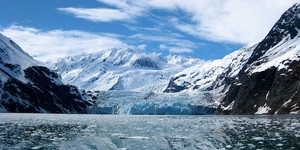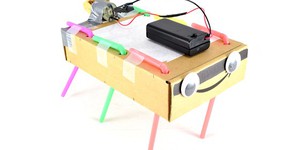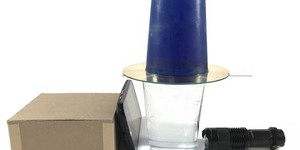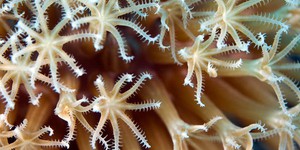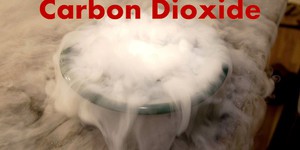Ocean Sciences Lesson Plans (4 results)
About 70% of Earth's surface is covered by oceans but humans have only explored 5% of the ocean! From microscopic phytoplankton to pods of whales and global weather patterns there is a lot left to discover.
|
Select a resource
Sort by
|
Lesson Plan
Grade: 5th-8th
1 review
Do sea levels rise when ice melts? Does it matter whether the ice is on land or in the ocean? Students design an experiment to find out. They collect data, graph their results, and interpret their findings. Along the way, they learn about density, displacement, and climate change.
Read more
NGSS Performance Expectations:
Featured
Lesson Plan
Grade: 6th-8th
7 reviews
Junkbots are easy-to-build robots that you can make using a simple circuit and some recyclable materials. In this lesson, your students will learn about engineering design as they compete to build the fastest robot. No previous robotics experience is required!
Read more
NGSS Performance Expectations:
Lesson Plan
Grade: 6th-8th
Why is the ocean vital to our planet? There are many reasons, but one important one is that the ocean is a major player in regulating our weather and climate through currents. In this lesson plan, your students will model ocean currents with cups, water, and food coloring, and explore how temperature and density differences set deep ocean waters in motion to create a global oceanic circulation system.
Read more
NGSS Performance Expectations:
New
Lesson Plan
Grade: 6th-12th
Create a two-part system for filtering greywater. Teams will focus on communication and systems engineering as they build separate components to filter solid and liquid waste and then combine them into one device.
Learning Objectives
Students will:
Consider the potential effects of drought and how greywater could be part of the solution.
Design a system for filtering out solid waste or liquid waste.
Consider effective communication strategies with their team.
Collaborate on their design…
Read more
Lesson Plan
Grade: 2nd-6th
4 reviews
By building an edible coral polyp, students will learn the anatomy of coral and be able to explain why corals are animals, rather than plants.
Read more
NGSS Performance Expectations:
Lesson Plan
Grade: 5th-12th
2 reviews
Where does CO₂ come from and how does excess carbon dioxide in the atmosphere affect the ocean and aquatic life? In this lesson students are introduced to the carbon cycle and explore pH and acidification with hands-on experiments. They then connect their experimental data with real-world data to evaluate claims about carbon dioxide and ocean acidification. Finally, students are introduced to how different companies and research groups are using green chemistry to build carbon capture…
Read more
|
Explore Our Science Videos
How to Build an ArtBot
Mold Hard Boiled Eggs
Build A River Model – STEM Activity

